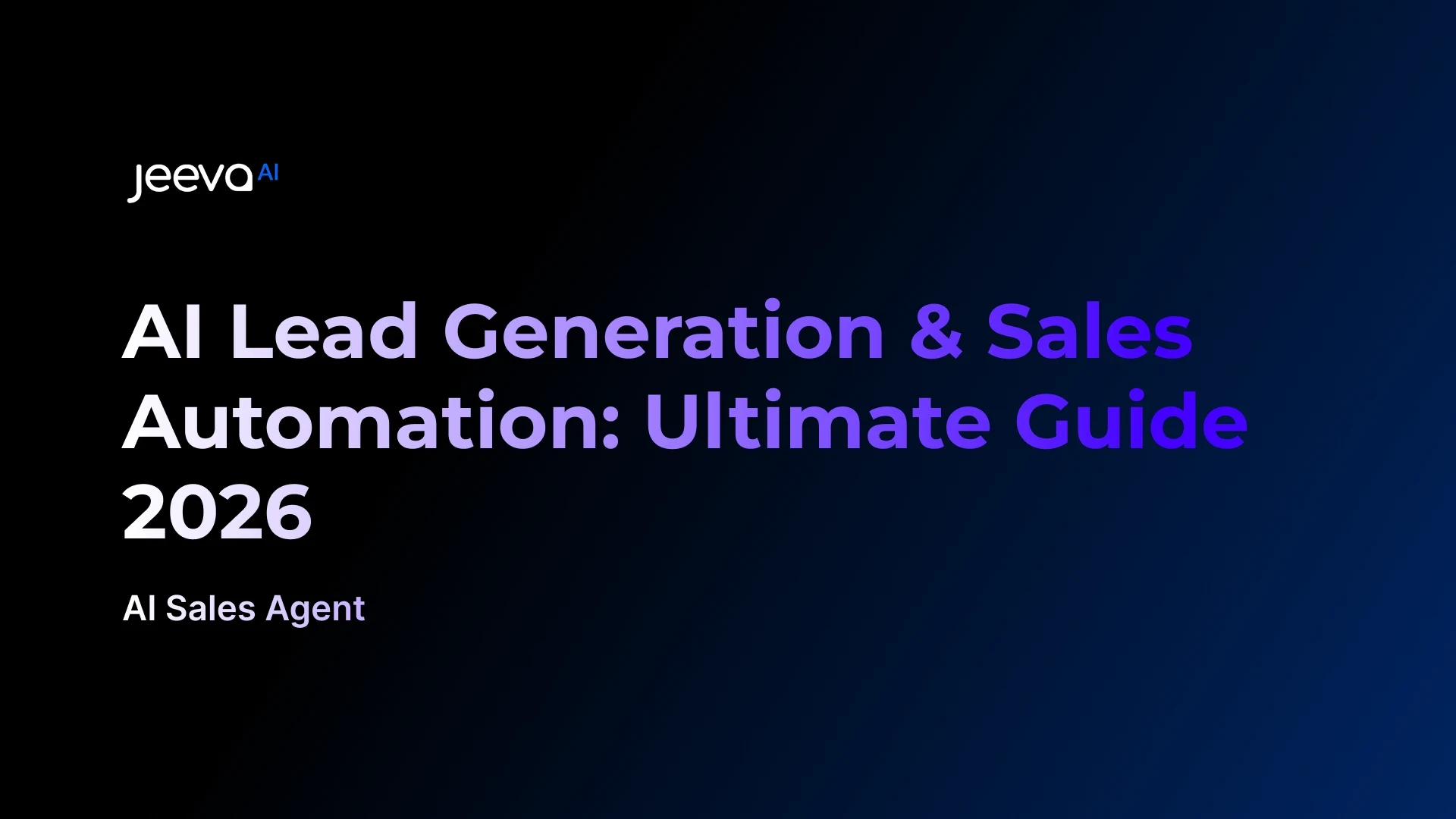In the fast-evolving world of AI-driven sales, the quality of generated sales copy is critical to pipeline success. Recent benchmarks comparing leading large language models (LLMs) including GPT-4o, Claude 3.7 Sonnet, Mistral Large 2, and others reveal key differences in persuasion, brand fit, obedience, cost, and speed.
As of 2024-25, Claude 3.7 Sonnet leads in marketer-evaluated warmth and persuasion, while GPT-4o excels in speed and perfect instruction following. These insights guide sales and RevOps leaders to optimize copy quality strategically, balancing cost and conversion impact.
Why Sales Copy Quality Is a Revenue Lever
Speed-to-Lead Economics: Responding within one minute increases conversion rates by 391%, demanding fast, high-quality copy generation.
Personalized Persuasion: LLMs can micro-target tone, pain points, and objections more precisely than human writers, resulting in higher engagement.
Deliverability Guardrails: With Gmail and Yahoo capping spam complaints at 0.3%, AI-generated copy must stay compliant to protect inbox placement and reputation.
Better copy drives better conversions and protects deliverability — making AI-generated sales content a core revenue driver, not just a nice-to-have.
Benchmark Design and Methodology
The study evaluated 40 unique prompt tasks across five key metrics:
Dimension | Metric | Importance |
Persuasion | Blind vote of 600 readers on reply likelihood | Proxy for revenue impact |
Brand Fit | Human-graded 1–5 on tone, jargon, compliance | Prevents off-brand copy |
Obedience | Pass/fail on critical elements like CTA and length | Ensures format compliance |
Readability | Flesch Reading Ease score | Ensures easy-to-skim copy |
Cost & Latency | $/1,000 tokens and tokens per second | Determines scale and cost-efficiency |
Tasks tested included cold email openers, subject lines, LinkedIn InMails, and landing page hero texts.
Results Overview: Strengths & Trade-offs
Model | Persuasion (%) | Brand Fit (1–5) | Obedience (%) | Cost / 1k Tokens | Latency (tokens/s) | Key Strength |
Claude 3.7 Sonnet | 86 | 4.7 | 98 | $6.00 | 110 | Natural, empathic tone |
GPT-4o | 81 | 4.4 | 100 | $7.50 | 196 | Fast iterations, strong reasoning |
GPT-4.5 | 79 | 4.5 | 97 | $9.00 | 130 | Structured long-form content |
Mistral Large 2 | 77 | 4.1 | 96 | $2.70 | 155 | Template obedience, cost-effective |
Gemini 2.5 Pro | 75 | 4.0 | 95 | $5.20 | 140 | Multimedia (image+text) contexts |
Key observations:
Claude Sonnet delivers a warmer, more persuasive copy but at roughly half the speed of GPT-4o.
GPT-4o offers perfect obedience and unmatched speed, ideal for rapid testing and volume-driven campaigns.
Mistral Large 2 provides a budget-friendly alternative with strong template compliance for privacy-sensitive or on-prem use cases.
Copy quality fluctuates with new model releases, necessitating quarterly re-benchmarking.
Strategic Takeaways for Sales Leaders and RevOps
Route by Task: Use GPT-4o for high-speed subject line A/B testing, and Claude Sonnet for emotionally resonant hero text.
Ensemble Models: Combine outputs from multiple LLMs with AI-powered judges (like Jeeva’s) to select the best-performing copy without added SDR effort.
Token Economics: The marginal $0.004 cost difference per email for Claude may justify itself by lifting reply rates, making model choice a yield management decision.
Dashboard Integration: Track model versions, prompts, and copy performance in CRM dashboards to correlate AI output with pipeline results.
How Jeeva AI Leverages These Insights
Jeeva Layer | Implementation | Benefit |
Dynamic Model Router | Automatically selects Claude Sonnet for warm copy, GPT-4o for rapid-fire or strict formats | Best-in-class output without manual switching |
Auto-Eval Loop | Weekly micro-evaluations replicate benchmark rubrics on live segments | Keeps copy quality current and relevant |
Cost Governor | Automatically shifts to Mistral Large 2 for lower-tier leads when budget caps hit | Maintains CPL discipline without manual triage |
Compliance Filter | Passes GPT-4o output through Claude for tone and privacy checks | Minimizes risky or off-brand copy |
Frequently Asked Questions (FAQs)
Q1: How were persuasion scores measured?
A1: 600 US business buyers participated in blind evaluations, rating anonymized copy snippets on likelihood to engage.
Q2: Which model is best for cold outreach?
A2: Claude Sonnet excels at warm, empathetic copy, while GPT-4o is preferred when speed and volume are priorities.
Q3: Does bigger model size mean better copy?
A3: No. Claude Sonnet, despite being smaller, outperforms GPT-4.5 in persuasion by 7 points.
Q4: Should teams fine-tune models or focus on prompt engineering?
A4: Start with prompt engineering. Fine-tuning is recommended only if brand voice deviations persist beyond 500 emails.
Q5: How often should companies re-benchmark LLM copy quality?
A5: Every 90 days or after major model updates, as performance can shift 2–5 points per release.
Q6: What’s the ROI break-even point for paying more per token for better copy?
A6: At $1,000 ACV and a 2% cold email close rate, a $0.004 higher cost per email is justified if reply rates improve by at least 0.4 percentage points.





